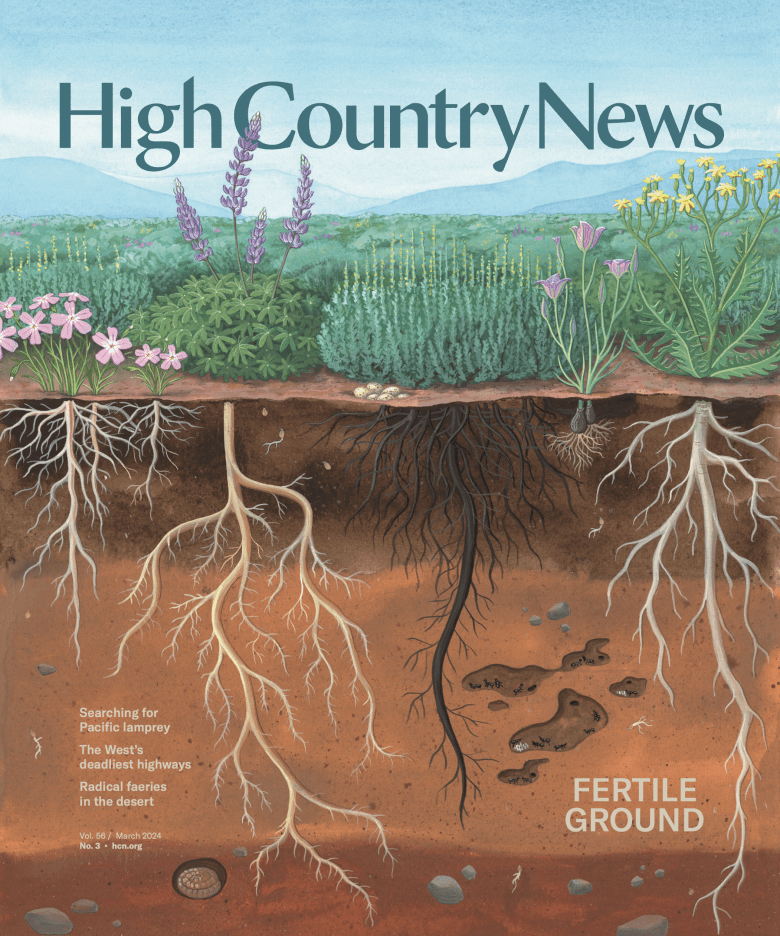I recently went to see a documentary about the coast redwoods at a local film festival. I mean, how could I not? They’re the tallest trees on the planet, reaching over 300 feet into the sky. There are whole ecosystems in their crowns; animals and other plants spend their entire lives in the treetops. Coast redwoods can live for more than two millennia. And they are highly adaptable, growing two kinds of needles — one that absorbs light, another that takes in water, allowing the trees to simultaneously take advantage of both moist and dry conditions. They communicate with each other through vast shallow interlacing root systems that extend over 100 feet from the base of each tree, which means that they literally hold each other up.

I was glad that the film, Giants Rising, prominently featured Yurok tribal members who are working to restore the redwood forest as part of their own journey of healing from the deep and lingering injustices of colonialism. The Yurok are leaders in the restoration of the coast redwood ecosystem. The film also featured a professor of social ecology who is studying the impact of awe on the human psyche. It turns out we are wired to feel awe in the presence of natural splendor, to witness the staggering complexity of nature and wonder: How is the world this intricate, this expertly engineered, this stunningly beautiful? And after all that exhilaration, we feel calmer, happier.

This past year, my team and I have been working to redefine our main coverage areas and beats. At some point in that process, I felt compelled to add “awe” to the list of beats. This seemed somewhat fanciful at the time, but I believe it belongs there. HCN brings you hard-hitting journalism, but also heart-opening stories about the West’s miraculous lifeforms and landscapes. This month’s cover story, “Regeneration Underground,” is exactly the kind of story I had in mind. Did you know that many native plants can store their potential futures in seed banks below the surface of the soil, waiting — sometimes for centuries — for the right conditions to sprout and flourish? In this story, too, Indigenous people are helping to spread this knowledge and apply it broadly to the field of ecological restoration, reminding us all of the many ways that people and nature can hold each other up.
We welcome reader letters. Email High Country News at editor@hcn.org or submit a letter to the editor. See our letters to the editor policy.

